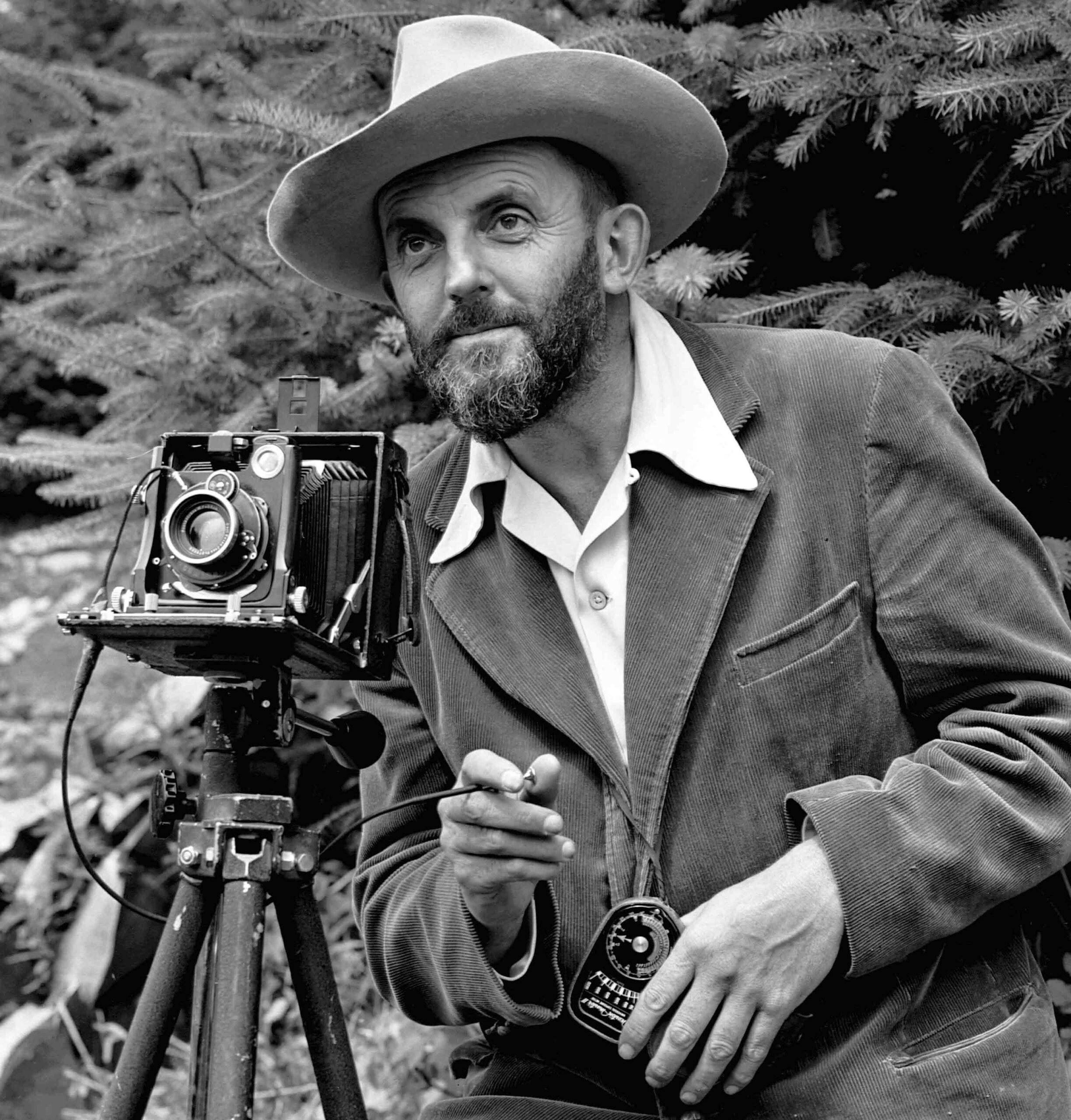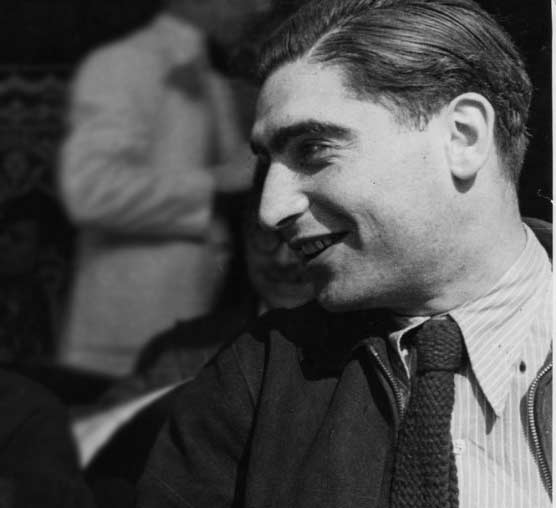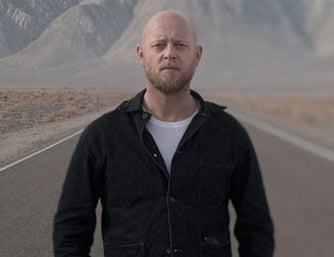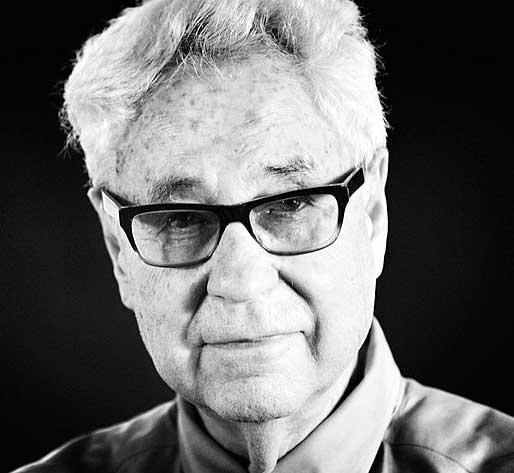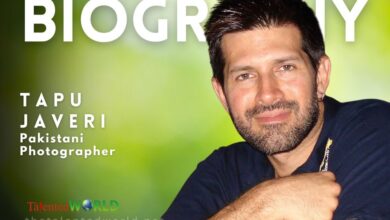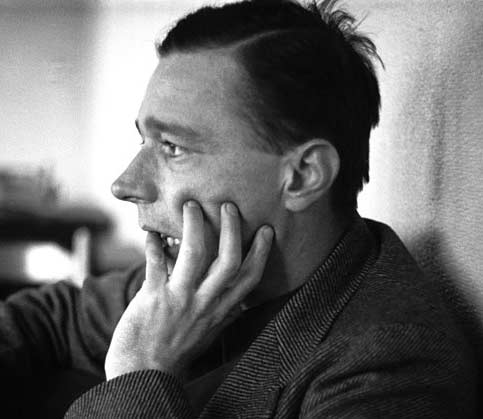| Name | Ansel Easton Adams |
| Born | February 20, 1902, San Francisco, California, U.S. |
| Died | April 22, 1984, Monterey, California, U.S. |
| Resting Place | Ashes placed on the summit of Mount Ansel Adams in California’s Ansel Adams Wilderness area |
| Known For | Photography and conservationism |
| Movement | Group f/64 |
| Spouse | Virginia Rose Best (m. 1928) |
| Awards | Presidential Medal of Freedom (1980) |
| Elected | Board of Directors, Sierra Club |
| Patron(s) | Albert M. Bender |
| Memorial(s) | Ansel Adams Wilderness, Mount Ansel Adams |
| Website | anseladams.org, anseladams.com |
| Known For | Black-and-white images of the American West |
| Key Contributions | Co-founded Group f/64, developed the Zone System with Fred Archer, key advisor for photography at the Museum of Modern Art |
| Environmental Advocacy | Life-long advocate for environmental conservation, expanded the National Park system |
| First Camera | Given at age 14 during his first visit to Yosemite National Park |
| Early Work | Developed early work as a member of the Sierra Club |
| Contract Work | Contracted by the United States Department of the Interior to photograph national parks |
| Major Achievements | Awarded the Presidential Medal of Freedom in 1980, helped found the photography magazine Aperture, co-founded the Center for Creative Photography at the University of Arizona |
| Early Life | Born in the Fillmore District of San Francisco, only child of Charles Hitchcock Adams and Olive Bray |
| Family Background | Father’s family managed a prosperous lumber business; mother’s family lost wealth in failed mining and real estate ventures in Nevada |
| Condemnation of Lumber Industry | Later in life, condemned the industry his grandfather worked in for deforestation of redwood forests |
